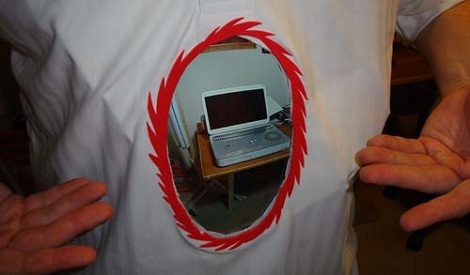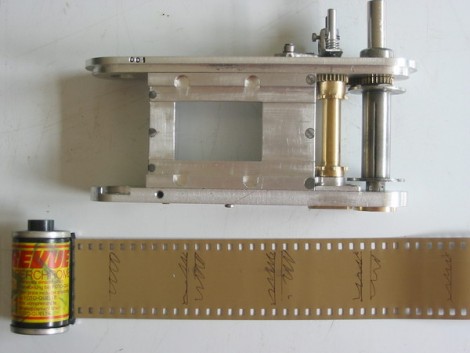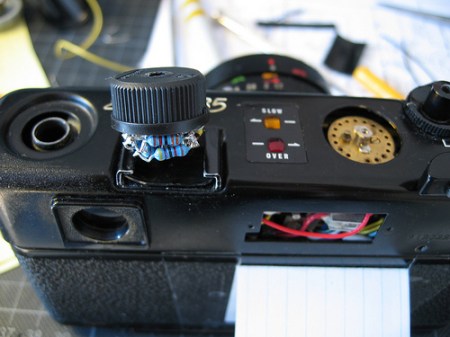
[Ben Heck] is in the Halloween spirit with his Portal inspired “see through” t-shirt. That is, a thin lcd is mounted on [Ben’s] chest, with a not as thin camera mounted on his back; when the system is running, everything behind him is captured by the camera and displayed on the LCD. The concept isn’t exactly new by any means, often by the name of “gaping holes” or “hole through body” or more, but the project goes to show that a creative costume isn’t always the most elaborate, expensive, or even a new idea. Catch a video of how to make your own Portal shirt, after the jump. Oh, and you can win the Portal shirt here.
[via The Daily What]
















